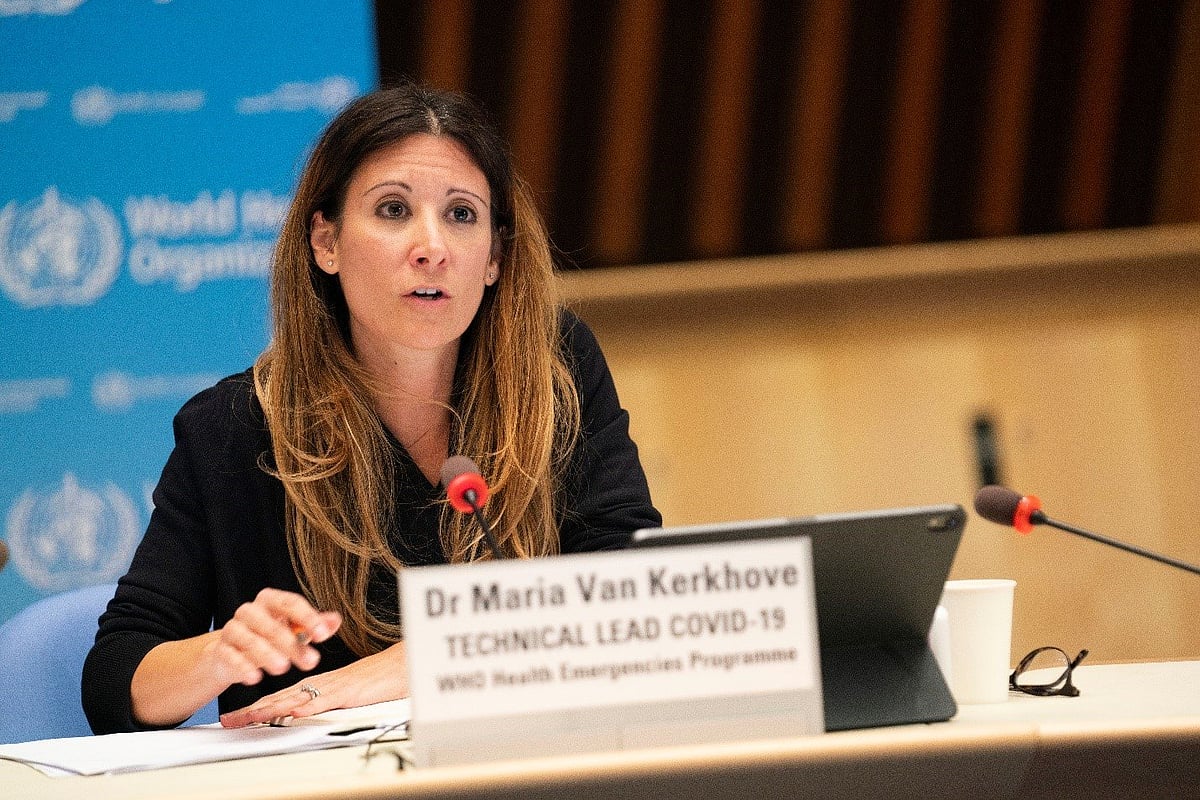WHO says declining case load likely due to lower testing, warns against Omicron sub-variants

WHO Technical Lead for COVID-19 Response Maria Van Kerkhove | WHO
A drop in COVID-19 testing rates is likely contributing to a decline in reported cases even as deaths are rising, the World Health Organization's technical lead on COVID-19 Maria Van Kerkhove said on Wednesday.
"The bigger concern right now, I think, is the still increasing number of deaths," Van Kerkhove said during a virtual panel discussion live-streamed on Twitter, Facebook and YouTube.
"In the last week alone, almost 75,000 people died reported to us and we know that that is an underestimate," she said.
She added that there are four sub-lineages of Omicron that the agency is tracking - BA.1, the BA.1.1, the BA.2, the BA.3.
“Now, we already know that Omicron has a growth advantage. It is more transmissible compared to other Variants of Concern. It also has properties of immune escape. But, we know some of the sub-lineages, BA.2, has a growth advantage even over BA.1, which means that as this virus continues to circulate, we will now see an increase in BA.2 with this increased growth advantage over BA.1.,” she said.
The WHO earlier this week urged governments to improve vaccination rates and rapid testing as infections have risen from the Omicron variant of the Coronavirus, especially in east Europe.
Several countries have announced plans to relax COVID-19 restrictions in coming weeks if daily infection numbers kept falling.
Van Kerkhove explained that Omicron has been circulating for a short amount of time. It takes some time for people to be infected, to go through the full disease and then (around 90 days after symptoms resolve), we get to know whether they are suffering from long COVID.
“There really isn’t any indication to suggest that we would see a difference in the percentage of people that may suffer from long COVID but we don’t have a full understanding of long COVID yet."
RECENT STORIES
-
-
-
-
-